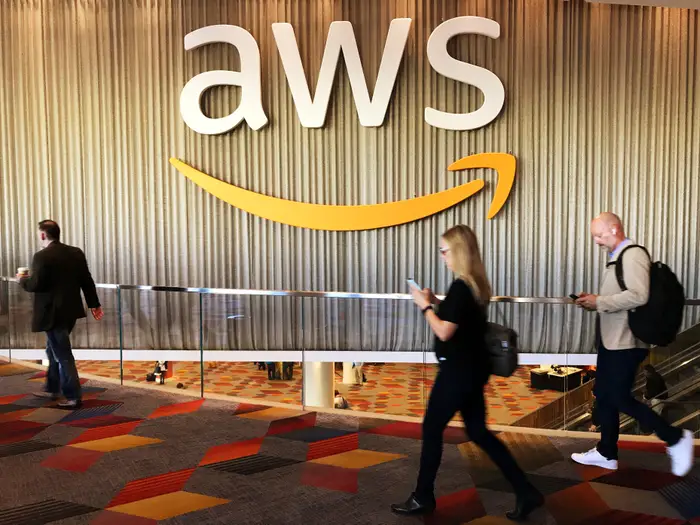On October 20, 2025, a major outage at Amazon Web Services disrupted online services across multiple continents. The event revealed how dependent global commerce and communication have become on a small number of cloud providers and how fragile that system can be when one of them experiences failure.
What Happened
The disruption began in AWS’s U.S. East-1 region in Northern Virginia, one of its largest data centers that powers many high-traffic websites. AWS identified the root cause as a failure within its internal network infrastructure connected to DNS and API endpoint issues that impacted services such as DynamoDB. The outage quickly spread worldwide, affecting social media platforms like Snapchat, gaming services including Fortnite, online banking systems, airlines such as Delta and United, and cryptocurrency exchanges like Coinbase.
Although Amazon reported that systems were “fully mitigated,” many users continued to face slow connections and partial service interruptions long after the company announced recovery.
Financial and Operational Impact
Analysts and monitoring firms estimated that the cost of the outage could reach hundreds of billions of dollars when factoring in lost productivity, missed transactions, and operational downtime. Mehdi Daoudi, CEO of Catchpoint, told CNN that the incident would “easily reach into the hundreds of billions.”
The financial impact included direct revenue loss for retailers that could not process payments, failed banking transactions, interrupted airline operations, and damage to customer trust. Industry experts pointed out that even mid-sized companies can lose thousands of dollars per minute during downtime, while global incidents like this can cause losses that stretch into the billions.
Underlying Vulnerabilities
AWS controls a significant share of the cloud computing market, hosting everything from small business websites to government platforms and Fortune 500 companies. According to industry data, more than 70% of organizations globally rely on AWS in some form.
Experts warn that such dependence creates a “single point of failure.” When one major provider encounters technical issues, the impact cascades across the internet. The outage highlighted the importance of infrastructure resilience, redundancy, and diversification. Businesses that rely entirely on one cloud provider face significant risks when outages occur, even temporarily.
Future Implications
The outage is likely to renew debate over whether large cloud providers should be treated as critical infrastructure subject to stronger government oversight. For businesses, it serves as a reminder to review disaster recovery plans, adopt multi-cloud or hybrid strategies, and ensure they have reliable failover systems in place.
The event may also lead to stricter service-level agreements (SLAs) between companies and their providers, especially in sectors where uptime directly affects revenue and safety.
Key Takeaway
This incident exposed how deeply intertwined the digital economy has become with the infrastructure of a few tech giants. When a single data region can halt global commerce, it becomes clear that resilience, diversification, and transparency in cloud operations are not optional—they are essential for the stability of the modern internet.

